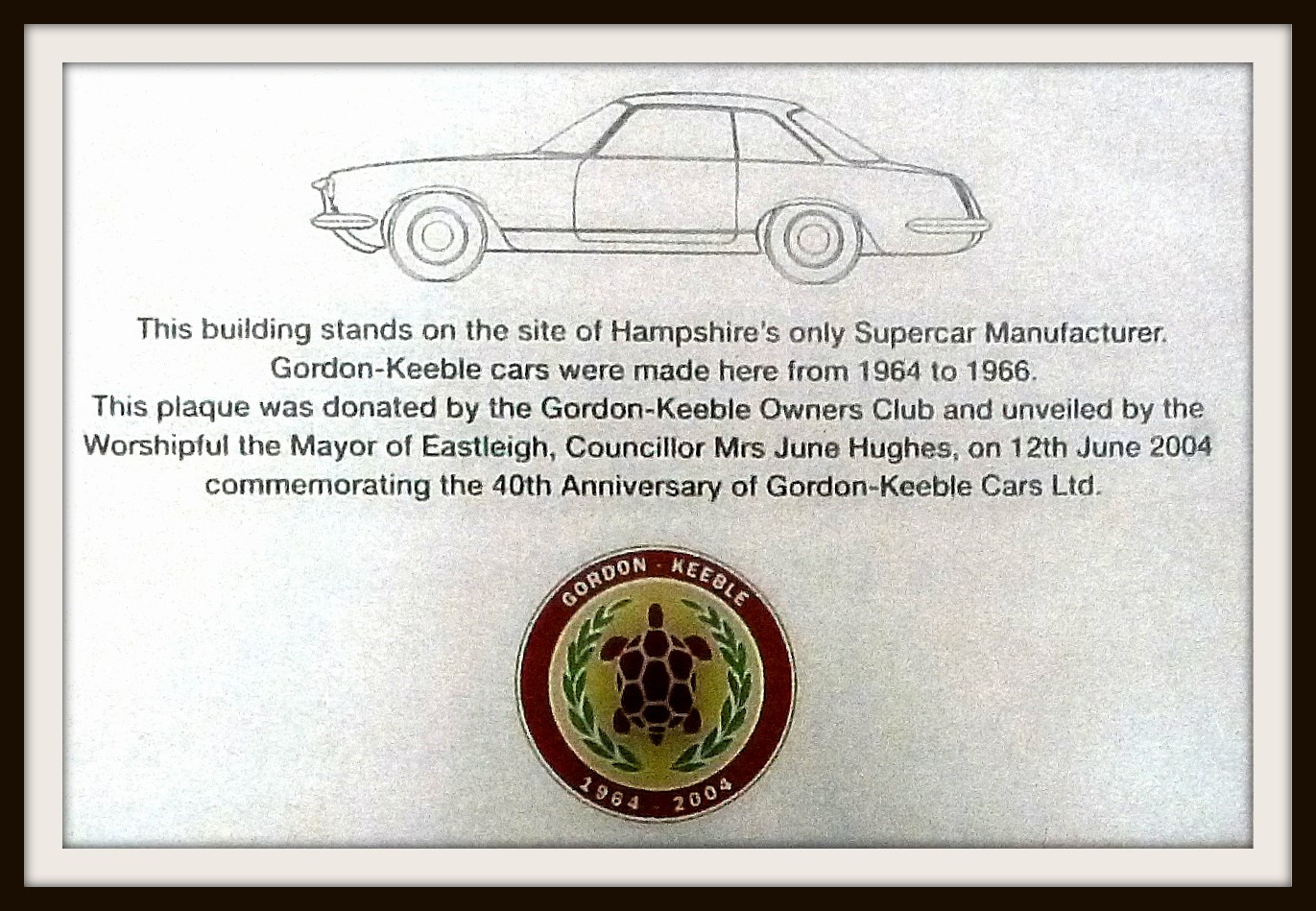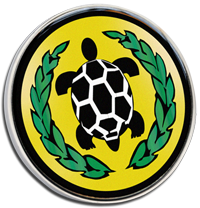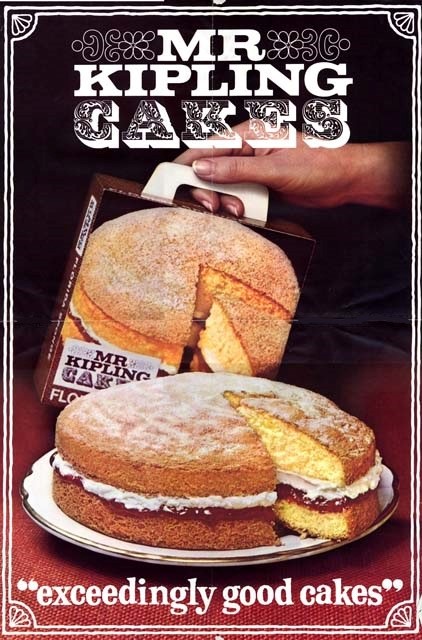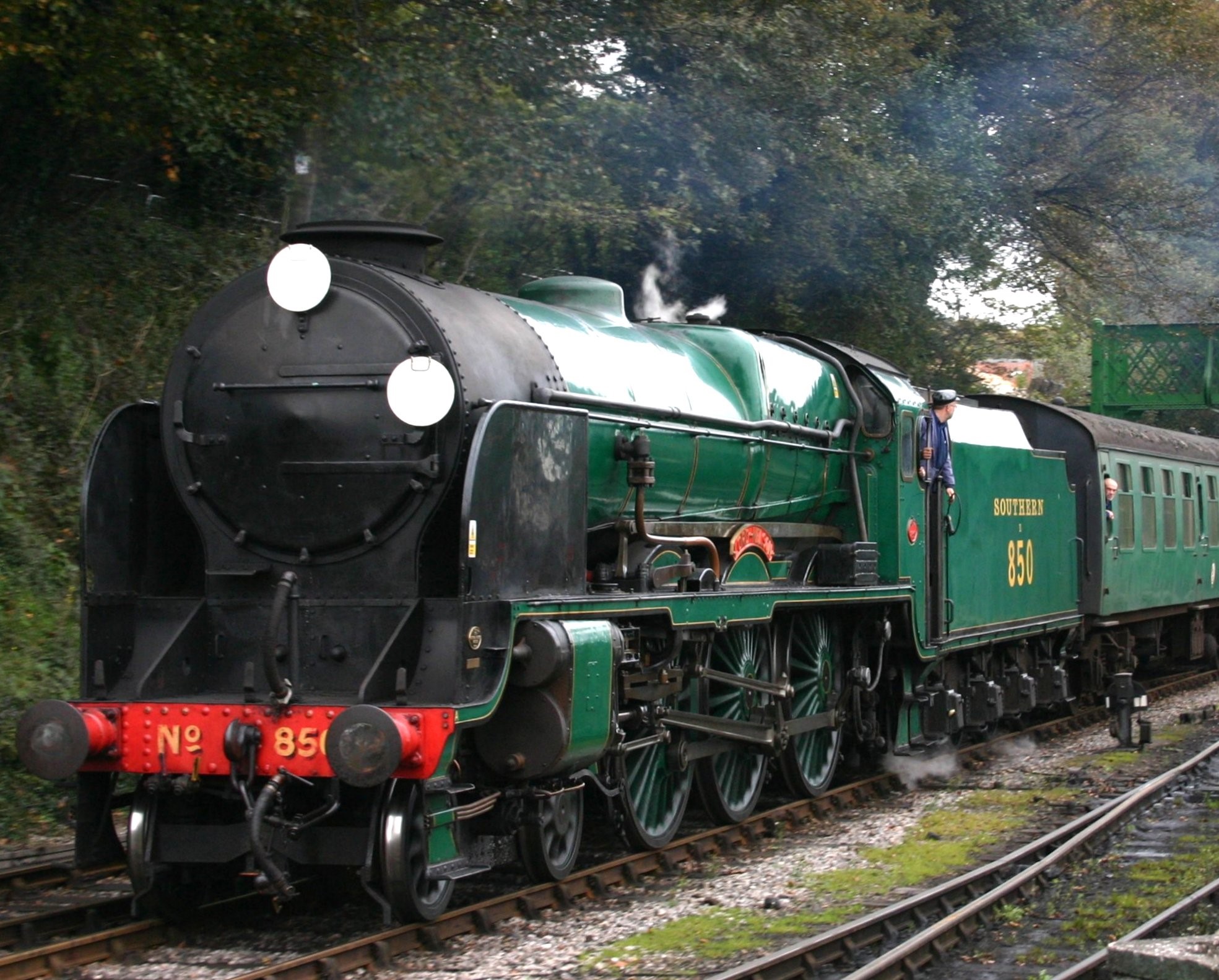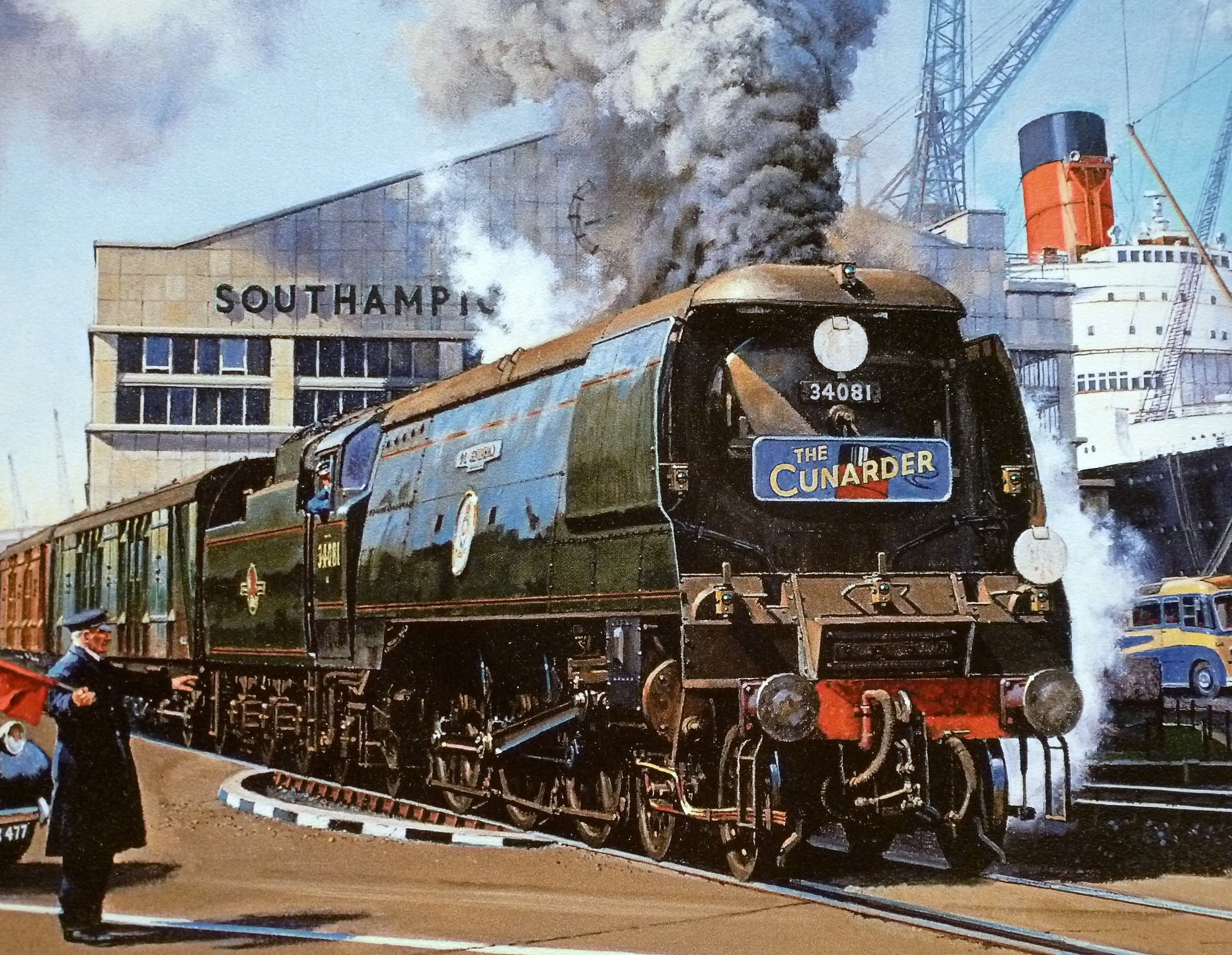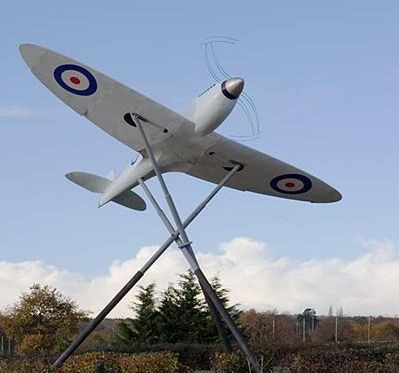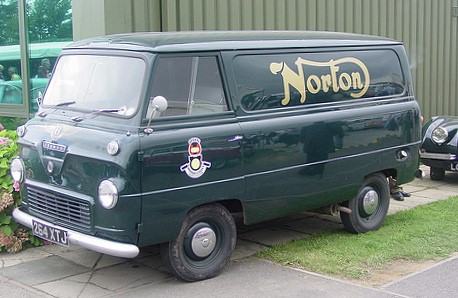Eastleigh’s Diminishing Legacy
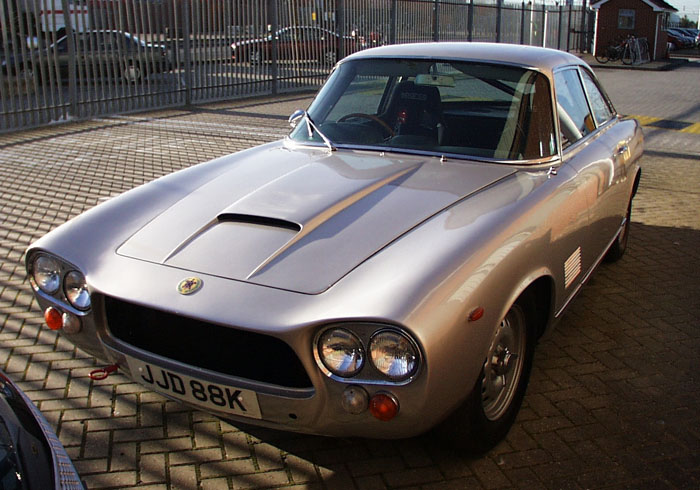
You may wonder why, with cars scattered far and wide, Gordon-Keeble owners and club members regularly gravitate to Southampton and its environs for important celebrations such as the 30th, 40th and 50th anniversaries of the car and the 100 Years of Flight event. The deciding factor, as anyone who took part in any of those gatherings will readily confirm, is the amazing warmth and enthusiasm that the civic bodies and population of that area radiate to Keeblers and their cars.
Looking at the history of, in particular, Eastleigh, it is not hard to see why this should be so. For more than 120 years, the town provided the labour and facilities for the output of important industries and household names which, one by one, have now all departed. It is not alone in this respect – think Sheffield, Lowestoft, Corby, Coventry and too many other places in Britain – so often the direct result of enforced closure through mergers or decisions by cold-blooded bean-counters. But there was one former employer who did not close down by choice, and whose highly-respected products quite regularly make the effort to return with pride to their birthplace. That company? Gordon-Keeble!
The original GK workshops already had ‘history’ for having been used to prepare the very first Supermarine Spitfire for its maiden flight in 1936. They stood on Eastleigh Aerodrome – today more grandiosely called Southampton Airport – on the site now occupied by the present terminal building. A plaque commemorating this fact (seen on the right) was unveiled on the wall of the main entrance as part of our 40th celebrations in 2004.
Hanns Dairies, which once stood on Factory Road, Eastleigh, also warranted a memorial plaque, though more for a famous former employee than their milk products! The comedian Benny Hill worked there as a roundsman before WWII, which no doubt inspired his 1971 hit record “Ernie – the fastest milkman in the West”. In the song, Ernies’s horse was called Trigger – which actually was one of Hanns’ dray horses! The dairy was pulled down in the 1980s, the area being renamed Wells Place, part of the Swan Centre Shopping Mall.
A bakery first established in the early 1930s was transformed into a national tea-time ‘treasure’ after becoming ‘Mr. Kipling’, the maker of “exceedingly good cakes”, in 1967. It was the market leader by 1976, a position the brand has held ever since, though the Eastleigh factory closed in 2004 following a series of mergers and buy-outs by its owners.
In 1921, Pirelli opened an electric cable manufacturing plant, becoming a major employer for the town. After the war, it became world-renowned for its “FP” brand fire-resistant cable, which for the last 30 years has been market leader. However, after a merger with the Dutch company Draka, the Eastleigh works closed in 2002, and the buildings were demolished to make way for apartment blocks.
Certainly one of the largest establishments in Eastleigh was the London South Western Railway workshops, one of the biggest of its kind in the UK. Opened in 1891 as a carriage and wagon works, from 1903 it also took on the construction of locomotives. Several renowned engine classes would emerge from Eastleigh, including the trusty 4-6-0 ‘King Arthurs’, originally conceived by Robert Urie, in the years immediately following WWI, and the bigger Richard Maunsell-designed ‘Lord Nelsons’ built from 1926 to 1929. When first introduced, these were Britain’s most powerful locomotives.
No.850 “Lord Nelson”, the sole survivor of its class.
The preserved Battle of Britain class no.34081 “92 Squadron”.
During WWII, the works contributed heavily to the production of Blenheim Night Fighters and Horsa Gliders, while in 1945 it pioneered the use of plastics and glass fibre in carriage construction – a skill perpetuated 20 years later by Gordon-Keeble!
In 1941, the Eastleigh workshops began turning out 3 advanced air-smoothed 4-6-2 Pacific locomotive types: the Merchant Navy, West Country and Battle of Britain classes. Designed by Oliver Bulleid, they were familiarly known as “spam cans”.
These distinctive locomotives would be among the last steam engines made at Eastleigh, production ceasing in 1950. The carriage and wagon works closed in 2006, though a very small facility has since restarted to repair and refurbish rolling stock.
Perhaps for any vehicle enthusiast, and in one respect particularly, Keeblers, the saddest closure has been the huge Ford Transit plant, on 26th July 2013. Stretching over 44 acres it was located at Swaythling, at one end of Eastleigh aerodrome until construction of the M27 cut it off in 1983. The site originally opened as an aircraft component manufacturer, Cunliffe-Owen, in 1939, but during the war years it was turned over to making Spitfires. This historic association, between the Spitfire and Eastleigh, was commemorated in 2004 by the erection of an almost full size replica of the original prototype K5054 at the entrance to today’s passenger airport.
In 1949, after Cunliffe-Owen was placed in receivership, the site was bought by Briggs Motor Bodies, supplying vehicle bodies to Ford UK, who became the owner in 1953 after acquiring Briggs.
It was here, between 1957 and 1965, that the Ford Thames 400E van was produced, the ball-joints and suspension bushes from which were to find their way on to the Gordon-Keeble assembly line. With the introduction of the world-renowned Transit in 1965, initially just the bodies were made at Swaythling, but from 1972 the complete manufacturing process was transferred there, providing jobs for 4,500 at the peak of its production.
Following the opening of a new Transit plant at Kocaeli, Turkey in 2009, production at Swaythling was halved to 35,000 units per year, of which 50% went for export, and the workforce was reduced to just 500. At the same time, Ford announced that the Hampshire plant would close in 2013, bringing to an end the manufacture in the UK, after over 2 million examples had been made, of the van described as “the Backbone of Britain”. It would also mark the demise of the very last Ford vehicle made in Britain.
While the area may still have a number of employers, none (save the national DIY chain B&Q, whose head office is there) are so familiar, respected and renowned by the local population as those that have gone, and in particular the Gordon-Keeble. Small wonder that Keeblers do not ask what Eastleigh can do for them, but what they can do for Eastleigh……
Author: Roy Dowding
Eastleigh’s
Gordon-Keeble
Get In Touch
+44 (0)7973 685 453
Location
United Kingdom
info@gordonkeeble.org.uk
Need more information about the Gordon-Keeble Owners’ Club? Contact us anytime with your enquiries. We’d love to hear from you!
